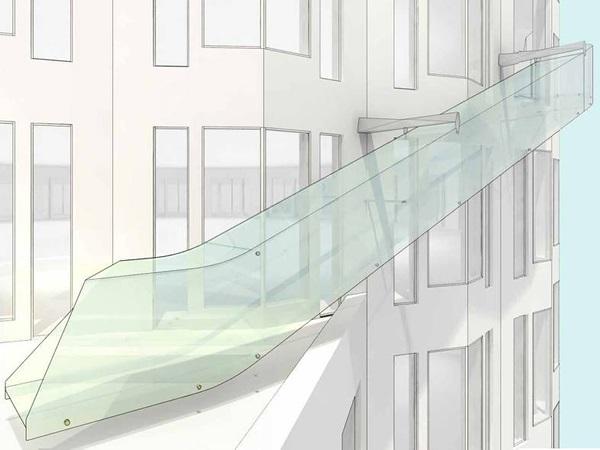
Date: 14 December 2017
Often used in establishing shots for major Hollywood blockbusters, the U.S. Bank Tower (formerly Library Square and owned by Overseas Union Enterprise Ltd. (OUE)) has an impressive presence on the Los Angeles skyline, being the city’s second tallest building.
Already a major landmark, its popularity was recently bolstered in 2016 with the opening of the OUE Skyspace, an observation deck on the building’s 69th and 70th floor. As well as offering commanding views of the city and surrounding areas, visitors have the opportunity to ride down a glass slide between the two floors of the observation deck.
The slide – which is 1,000 ft (305 m) above ground level, offering its riders a unique take on the city – has SentryGlas® ionoplast interlayers from Trosifol™ to thank for the outstanding clarity, strength and environmental performance of the glass used in its construction.
According to Peter Johnston, Senior Vice President, Communications at OUE USA: “When we first decided to do observation deck we knew we had to put in thrill feature. We have already seen tilted windows and a glass ledges in other buildings in the US, so we had to do something a little different. We didn’t want to duplicate other attractions, and in a meeting somebody suggested ‘a slide over the abyss’. This idea very soon gained considerable traction and the decision was made. We now offer visitors a completely unique experience in LA, which has proved incredibly popular, with many thousands of people going down the slide in the first year.”
Gensler, the architect tasked with the redevelopment of the Skyspace observation deck, called upon the services of structural engineers M. L udvik Engineering to assess the feasibility of the slide and to put the design, development, fabrication and testing of the idea into motion. “This was a fascinating project,” explains Michael Ludvik.
“Due to LA’s location in a seismic zone, the tower can actually oscillate by as much as 20 ft (6 m) during an earthquake, so the slide itself had to be designed like a machine rather than a structure, where the glass is allowed to articulate in sympathy with any building movements.
“There is a large amount of redundancy built into the structure,” he continues, “and it has been tested to a safety factor of eight, with the equivalent of three subway car’s weight being supported during testing.”
The glass used in its construction was a vital element of the slide’s functional and aesthetic performance. “We knew we not only had to offer strength, but also clarity, so we made the decision go with SentryGlas® ionoplast interlayers from Trosifol™. This decision was made primarily for its composite action and structural capabilities, which deliver hightemperature stiffness and impressive post-breakage stability ― if glass breaks it will still hold significant loads.”

SentryGlas® was also chosen for its clarity and edge stability. “The appeal of the slide is that it delivers unobstructed views,” Ludvik elaborates, “thanks to the design of the supports and way the glass panels are fabricated and mounted with exposed edges. This meant that, coupled to the clarity of SentryGlas®, its edge performance was an important consideration. We simply couldn’t have the slide’s aesthetics deteriorating after a short time, which would require shutdown and maintenance, so we had to get the very best performing interlayer material we could.”
The various panels are made up of three plies of 10 mm low-iron (fully tempered or chemically strengthened) glass, sandwiching two layers of 1.52 mm (60 mil) SentryGlas® interlayer. “To minimize joints (ergonomic bumps) we wanted big glass pieces,” Ludvik explains, “but we had to rely on the services of two glass suppliers due to their respective capabilities. Beijing North Glass gave us the oversize capabilities and the ability to handle cylindrically bent glass, but it could not offer chemical strengthening capabilities. The elbow at the start of slide has a helical geometry ― like a twisted ribbon ― and you can’t temper obscure shapes using conventional tech, so we turned to Sun Glass in Venice, Italy ― a chemical strengthening specialist.”

The fixings are also very strong, with main anchor points being capable of supporting 50,000 lb (22,690 kg) each. The supports are also articulated using ball joints, allowing them to swivel in the event of an earthquake. It was a completely bespoke design, with all elements fully customized to the application.
“From a design perspective,” Ludvik elaborates, “one of the client’s managers was a skater and it was his idea to build a design that maximized air time, hence the helical shape. From the initial design sketches, we moved intostructural design and undertook comprehensive range of finite element analysis (FEA) studies. We then undertook a battery of physical tests, where every fitting and glass panel formulation was three-sample tested… dozens of times. This was followed by testing of the completed slide when it had been pre-assembled in an LA workshop by Steel City (the glazier) and Sentech (the systems supplier). Once it was assembled in one monolithic structure, it was loaded with over 10,000 lbs. (4.536 kg) of sandbags for further strength and rigidity studies.

“After the testing regimen had been signed off,” Ludvik concludes, “the slide was transported, by truck, in one piece to downtown LA, where it was picked up by a Sky Crane Tanker Fire Helicopter and delivered to the Skyspace location, where a 20 ft (6 m) gantry had been set up to undertake final installation and attachment to the outriggers supplied by Trussworks.”
‘Thrill rides’ and glazed at-height attractions are becoming more and more prevalent in high-rise structures; and their feasibility is strengthened by the capabilities of contemporary interlayer technologies coupled to advanced fabrication and mounting concepts.
The Skyslide is one example of a building owner not only providing an attraction and talking point, but also an additional revenue stream – and there are many such other ideas in development all over the world.
What links these ideas is the need for materials that not only offer superior structural capabilities and enhanced safety levels, but also maximum clarity and resistance to environmental and geographical extremes.
It is for these very reasons that Trosifol™ is seeing huge growing interest from designers and architects for its interlayer technologies, especially SentryGlas® and Trosifol® Extra Stiff, which have regularly demonstrated their capabilities in a number of these high-profile applications.
Building Owner: Overseas Union Enterprise Ltd.
Architects: Gensler
Structural consultant: M.Ludvik Engineering
Glazier: Steel City
Systems supplier: Sentech
Glass suppliers: Beijing North Glass Sun Glass
Outriggers: Trussworks
Trosifol™ is the global leader in PVB and ionoplast interlayers for laminated safety glass in the architectural segment. With the broadest product portfolio Trosifol™ offers outstanding solutions:
- Structural: Trosifol® Extra Stiff (ES) PVB and SentryGlas® ionoplast interlayer
- Acoustic: Trosifol® SC Monolayer and Multilayer for sound insulation
- UV Control: from full UV protection to natural UV transmission
- UltraClear: lowest Yellowness Index in industry
- Decorative & Design: black & white, colored & printed interlayers
 600450
600450


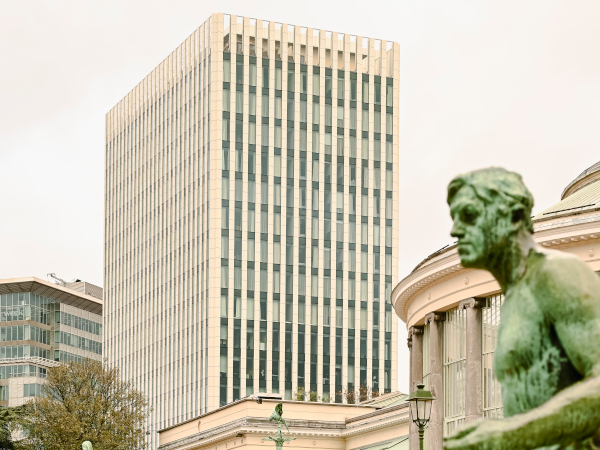



























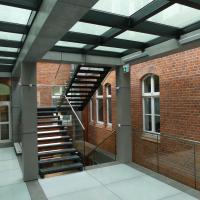

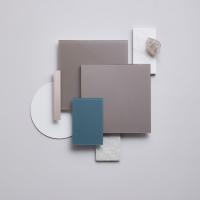

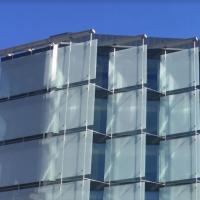
Add new comment